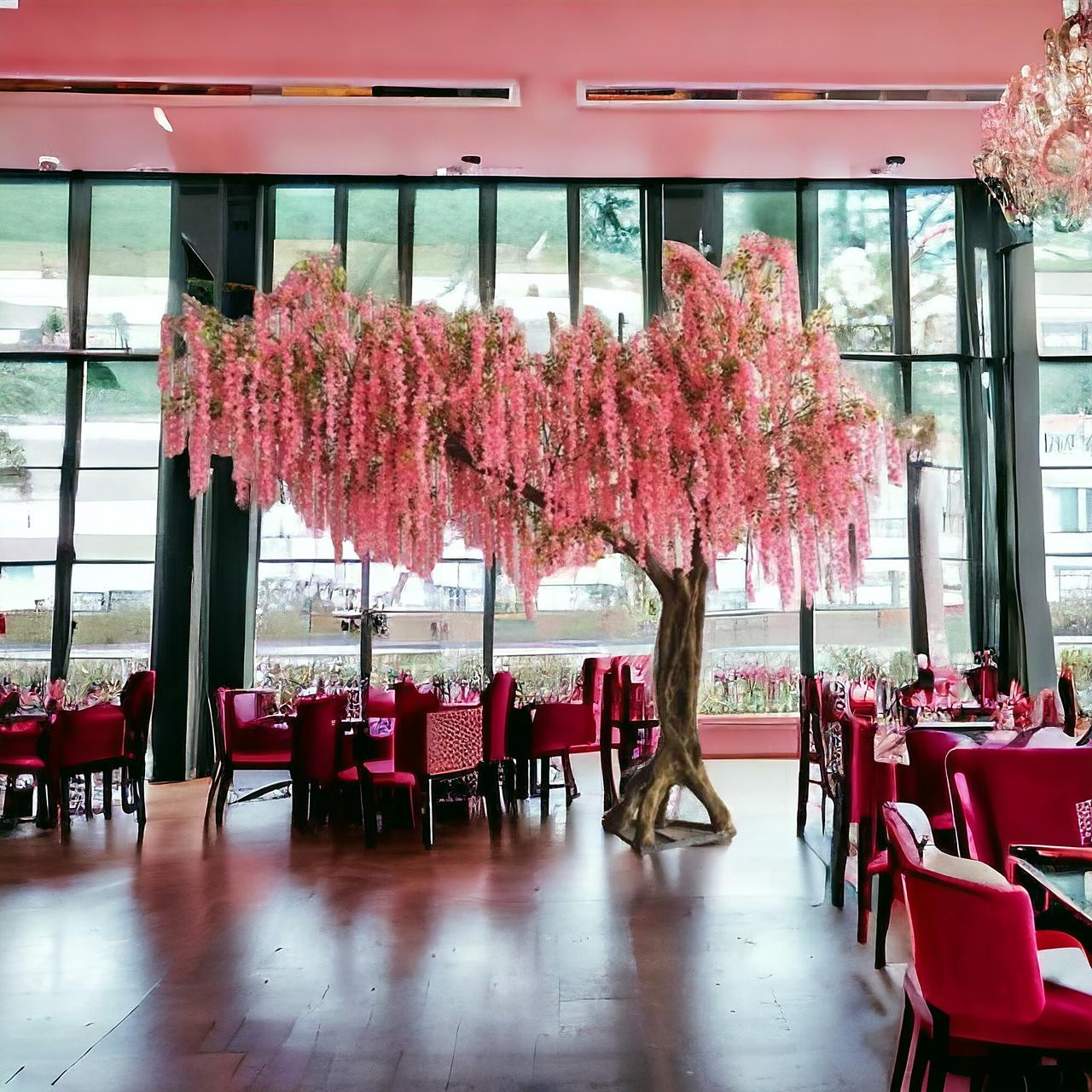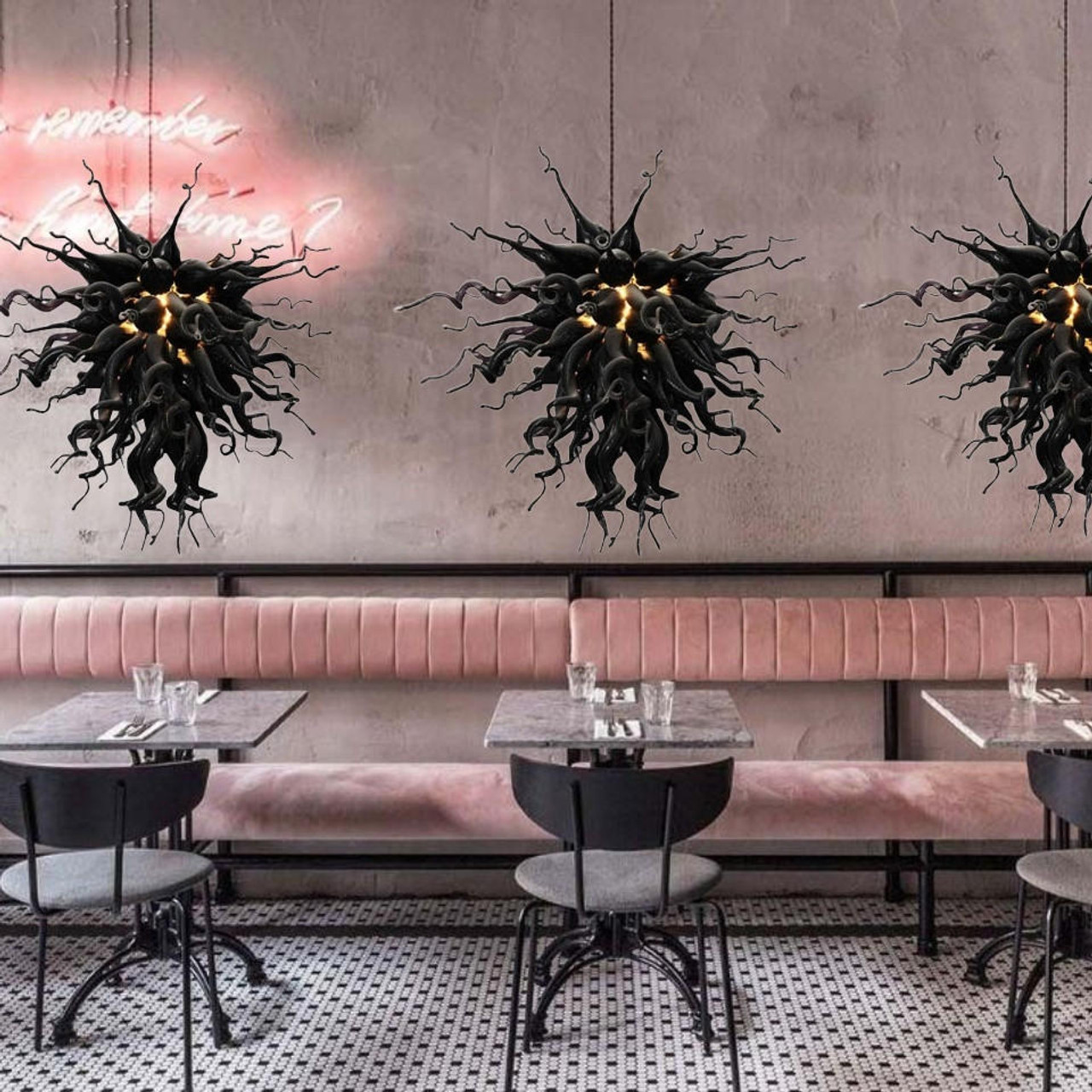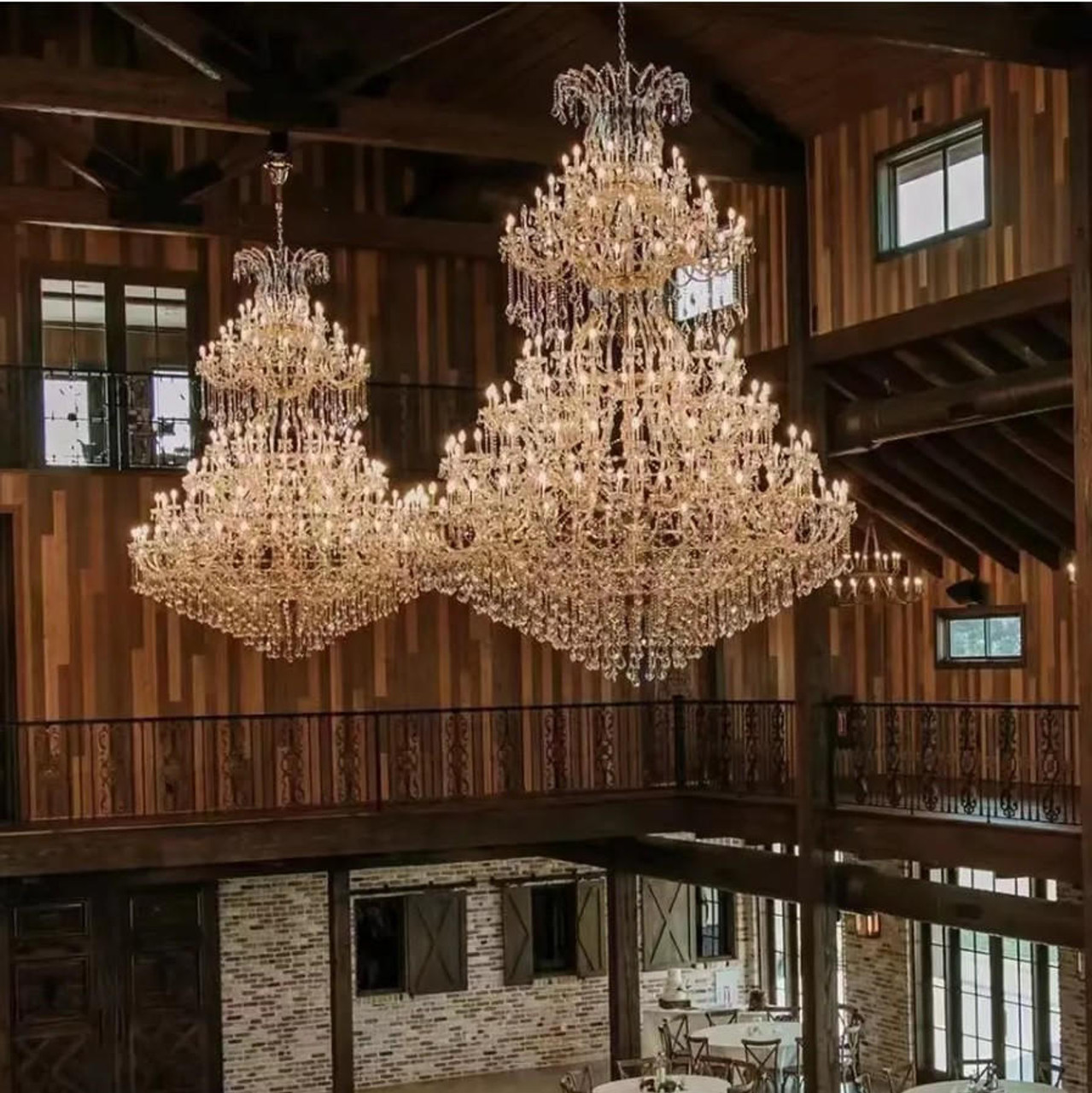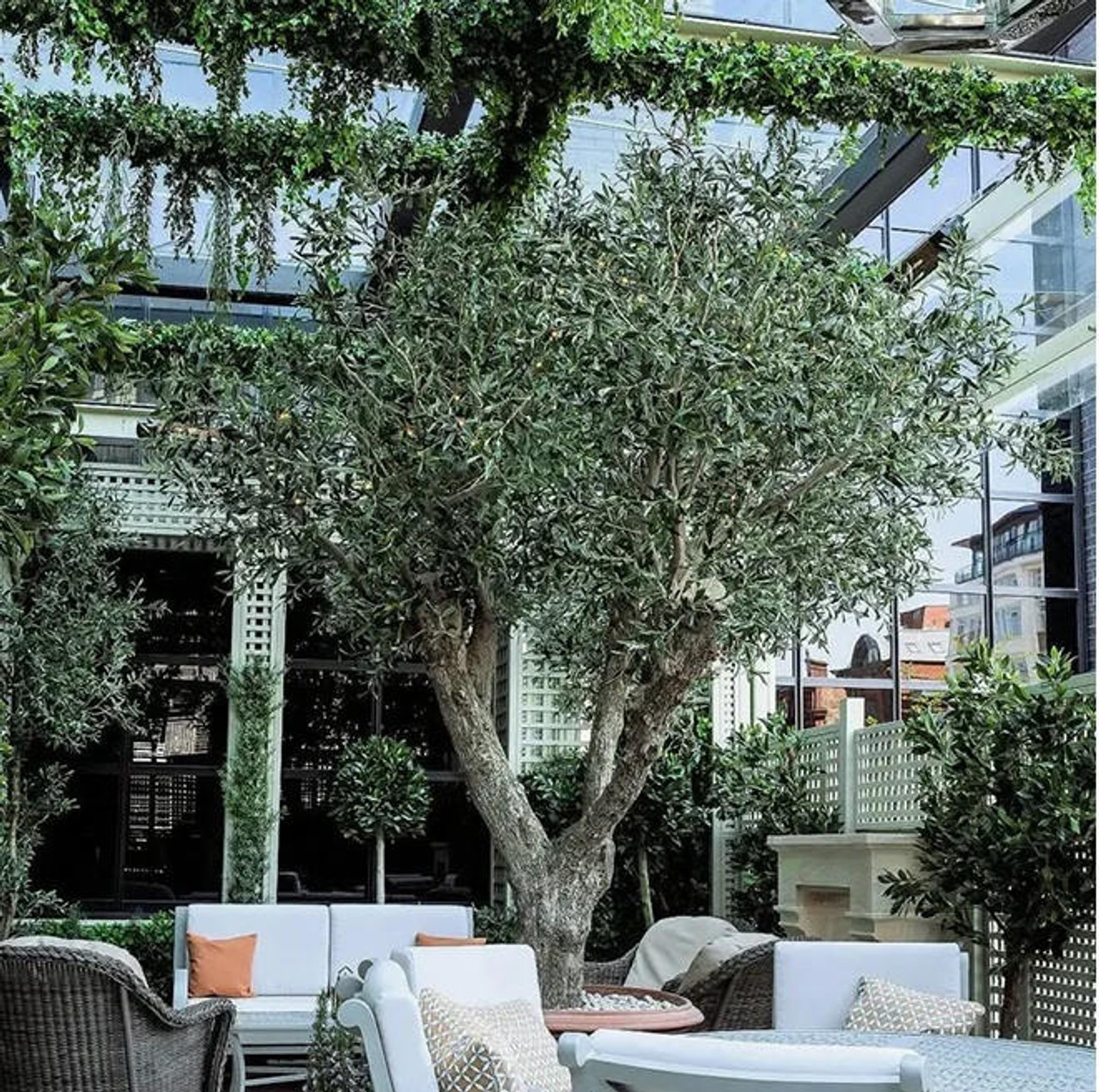Best Interior Design Restaurants: Award-Winning Spaces
Aug 23, 2024
Best Interior Design Restaurants: Award-Winning Spaces That Elevate Dining Experiences
When it comes to dining out, the experience goes far beyond just the food. While a well-crafted menu is crucial, the ambiance, decor, and overall design of a restaurant play an equally important role in creating a memorable dining experience. The best interior design restaurants are those that masterfully blend culinary excellence with aesthetic appeal, transforming a meal into an immersive, sensory journey. In this blog post, we’ll explore some of the world’s most stunningly designed restaurants, highlighting award-winning spaces that set the standard for excellence in the hospitality industry.
The Role of Interior Design in Restaurants
Creating Atmosphere and Ambiance
Interior design is the silent partner in a restaurant’s success. It sets the tone for the dining experience, influencing everything from the mood of the diners to how long they stay and how much they enjoy their meal. A well-designed space can evoke feelings of warmth and comfort or create a sense of luxury and exclusivity, depending on the restaurant's concept. Whether it’s through the strategic use of lighting, the choice of materials, or the layout of the space, design elements work together to create an atmosphere that complements the culinary offerings.
Brand Identity and Design
A restaurant’s interior design is a reflection of its brand identity. It tells a story, communicates values, and creates a visual narrative that resonates with the target audience. For example, a restaurant that specializes in organic, farm-to-table cuisine might use natural materials, earthy tones, and rustic decor to convey a connection to nature and sustainability. On the other hand, a high-end, modern restaurant might feature sleek lines, minimalist decor, and bold, contemporary art to reflect its innovative culinary approach.
Customer Experience and Functionality
While aesthetics are important, functionality is equally crucial in restaurant design. A beautifully designed space must also be practical and comfortable for both diners and staff. This includes considerations like seating arrangements, acoustics, and the flow of movement within the space. Effective design enhances the customer experience by ensuring that diners are comfortable, that their needs are met seamlessly, and that the restaurant’s operations run smoothly.
Key Elements of Great Restaurant Interior Design
Lighting
Lighting is one of the most powerful tools in interior design. It can transform a space, create mood, and highlight key features. In restaurants, lighting plays a critical role in setting the ambiance. Soft, warm lighting can create an intimate, cozy atmosphere, perfect for romantic dinners or quiet conversations. In contrast, bright, natural light can make a space feel airy and welcoming, ideal for casual dining or brunch. Layered lighting, which includes a mix of ambient, task, and accent lighting, is often used to create depth and enhance the dining experience.
Color Scheme and Materials
The choice of color and materials in a restaurant's design can evoke specific emotions and complement the cuisine. Warm colors like reds, oranges, and yellows are known to stimulate appetite, making them popular choices in many restaurants. Cool colors like blues and greens, on the other hand, can create a calming effect, suitable for more relaxed dining environments. Materials like wood, metal, stone, and fabric are also carefully selected to add texture, warmth, or sleekness to a space, contributing to the overall aesthetic.
Furniture and Layout
Furniture selection and layout are critical for both the comfort of diners and the functionality of the space. The choice of tables, chairs, and seating arrangements can impact how intimate or social a dining experience feels. For example, communal tables can encourage interaction and a sense of community, while individual tables may offer more privacy. The layout must also consider the flow of traffic, ensuring that staff can move efficiently and that diners have enough space to feel comfortable.
Art and Decor
Art and decor bring personality and character to a restaurant. They can serve as focal points, conversation starters, or simply as a way to reinforce the restaurant’s theme or concept. Whether it’s a striking mural, carefully curated photographs, or unique sculptures, art can elevate the dining experience by adding a layer of cultural or emotional depth. Decor elements like plants, mirrors, and textiles also contribute to the ambiance, creating a cohesive and inviting space.
Award-Winning Interior Design Restaurants Around the World
The Jane, Antwerp, Belgium: Michelin-Starred Modern Design
Located in a renovated military hospital chapel, The Jane in Antwerp, Belgium, is a Michelin-starred restaurant that perfectly exemplifies the marriage of history and modern design. The stunning transformation of this sacred space into a contemporary dining destination has garnered worldwide acclaim, earning The Jane several design awards, including the Best Restaurant Design at the Restaurant & Bar Design Awards.
The design, spearheaded by Piet Boon, respects the building's original architecture while introducing modern, industrial elements. The high ceilings, large arched windows, and preserved religious artifacts create a dramatic backdrop for the dining experience. A custom-designed chandelier with over 150 lightbulbs hangs majestically in the center, adding to the ethereal atmosphere. The open kitchen, encased in glass, allows diners to witness the culinary magic, further enhancing the overall experience.
Sketch, London, UK: Eclectic and Artistic Dining Experience
Sketch in London is more than just a restaurant; it's a multi-sensory experience. Known for its eclectic and avant-garde design, Sketch has become an iconic dining destination, celebrated for its artistic interiors. The Gallery at Sketch, with its plush pink velvet chairs and walls adorned with over 200 original artworks by David Shrigley, is perhaps the most Instagrammed restaurant space in the world.
The design of Sketch is a collaboration between several artists and designers, including India Mahdavi, who is responsible for the Gallery's iconic look. The space is constantly evolving, with new artworks and design elements introduced regularly, keeping the experience fresh and engaging. Sketch has won numerous awards for its design, including multiple wins at the Restaurant & Bar Design Awards, cementing its status as one of the best interior design restaurants globally.
Eleven Madison Park, New York City, USA: Timeless Elegance
Eleven Madison Park, located in the heart of New York City, is not only one of the top restaurants in the world but also a paragon of timeless, elegant design. The restaurant's interior, designed by Bentel & Bentel, features Art Deco influences that pay homage to the building's historic roots. The grand dining room, with its high ceilings, polished stone floors, and plush leather seating, exudes sophistication and luxury.
The minimalist approach to design allows the food to take center stage, while subtle design details add to the overall sense of refinement. Eleven Madison Park has been recognized with numerous awards, including being named the World’s Best Restaurant and receiving three Michelin stars, a testament to both its culinary excellence and its impeccable design.
Nobu, Malibu, USA: Ocean-Inspired Tranquility
Nobu Malibu is a prime example of how a restaurant's design can harmonize with its natural surroundings to create a tranquil and luxurious dining experience. Designed by Studio PCH and Montalba Architects, Nobu Malibu offers stunning views of the Pacific Ocean, with an interior that reflects the serene beauty of its coastal location.
The use of natural materials, such as teak wood, stone, and glass, creates a warm and inviting atmosphere that complements the ocean views. The open floor plan, large windows, and outdoor seating areas allow diners to feel connected to the natural environment, enhancing the overall experience. Nobu Malibu has received numerous accolades for its design, including recognition from the American Institute of Architects for its seamless integration of architecture and nature.
El Nacional, Barcelona, Spain: A Journey Through Culinary Spaces
El Nacional in Barcelona is a unique culinary destination that takes diners on a journey through Spain's rich culinary traditions, all within a beautifully restored historic building. The space is divided into several distinct areas, each with its own design and culinary focus, from seafood to tapas to meat dishes.
The interior design, led by Lázaro Rosa-Violán, is a celebration of Spain's diverse culture and history. The use of traditional Spanish tiles, wrought iron, and vintage lighting fixtures creates a nostalgic yet contemporary atmosphere. The careful attention to detail in each area ensures that every dining experience feels special and authentic. El Nacional has been widely praised for its innovative design and has received several awards, including the Best European Restaurant Interior at the Restaurant & Bar Design Awards.
Odette, Singapore: Art-Inspired Michelin-Starred Excellence
Odette, a Michelin-starred restaurant located in Singapore’s National Gallery, is a perfect blend of art and culinary excellence. Designed by Sacha Leong of Universal Design Studio, Odette’s interior is inspired by the delicate and refined nature of its French cuisine, with a focus on soft colors, clean lines, and contemporary art.
The dining room is a serene, minimalist space with pastel hues, elegant furnishings, and large windows that allow natural light to flood in. The centerpiece of the restaurant is a series of custom art installations by artist Dawn Ng, which add a personal and artistic touch to the space. Odette has been awarded numerous accolades for both its cuisine and its design, including being named one of Asia's 50 Best Restaurants and receiving three Michelin stars.
Emerging Trends in Restaurant Interior Design
Sustainability and Eco-Friendly Design
Sustainability is becoming a key focus in restaurant interior design, with more establishments opting for eco-friendly materials and practices. From reclaimed wood and recycled materials to energy-efficient lighting and green roofs, the push towards sustainability is influencing every aspect of design. This trend not only appeals to environmentally conscious diners but also aligns with broader global efforts to reduce carbon footprints.
Interactive and Immersive Spaces
The rise of experiential dining has led to the creation of more interactive and immersive restaurant spaces. These designs go beyond traditional aesthetics to engage diners in unique ways, such as through interactive art installations, themed decor, or multi-sensory experiences. The goal is to create a memorable experience that extends beyond the meal itself, leaving a lasting impression on diners.
Local and Cultural Influences
Many restaurants are embracing local culture and history in their design, creating spaces that tell a story about the region or community. This trend is particularly strong in boutique and farm-to-table restaurants, where the design reflects the restaurant's connection to local ingredients, artisans, and traditions. By incorporating local materials, crafts, and art, these spaces offer an authentic and meaningful dining experience.
Technology Integration
Technology is increasingly being integrated into restaurant design, from smart lighting and climate control systems to digital art displays and interactive menus. These innovations enhance both the aesthetic and functional aspects of the space, creating a modern and efficient dining environment. As technology continues to evolve, we can expect to see even more creative applications in restaurant design.
Tips for Designing a Successful Restaurant Interior
Understanding the Target Audience
Knowing your target audience is crucial when designing a restaurant interior. The design should reflect the preferences and expectations of your customers, whether they are looking for a casual, family-friendly atmosphere or a luxurious, upscale experience. Consider factors like age, lifestyle, and dining habits when planning the design to ensure it resonates with your audience.
Balancing Aesthetics with Functionality
A successful restaurant design balances aesthetics with functionality. While the space should be visually appealing, it must also be practical for both diners and staff. This includes ensuring that the layout allows for smooth traffic flow, that seating is comfortable, and that the design does not compromise the efficiency of the restaurant's operations.
Investing in Quality Materials
Investing in high-quality materials is essential for creating a durable and long-lasting restaurant interior. With constant use and high traffic, restaurant spaces need materials that can withstand wear and tear while maintaining their appearance. Choosing quality materials also adds to the overall impression of the space, reinforcing the restaurant's commitment to excellence.
Staying True to the Brand
The interior design of a restaurant should always stay true to its brand identity. Every design element, from the color scheme to the furniture, should reflect the restaurant's concept and values. Consistency in design helps to create a cohesive and memorable brand experience, ensuring that diners leave with a lasting impression of the restaurant.
Conclusion
The world’s best interior design restaurants demonstrate that great design is as essential to the dining experience as the food itself. From the historic elegance of The Jane in Antwerp to the artistic flair of Sketch in London, these award-winning spaces show how thoughtful design can elevate a restaurant to new heights. Whether it’s through innovative use of materials, careful attention to detail, or a strong connection to local culture, these restaurants set the standard for excellence in both design and dining.
As we continue to see new trends emerge in restaurant interior design, the importance of creating spaces that are both beautiful and functional remains paramount. Whether you’re a restaurateur, a designer, or simply a lover of great dining experiences, the examples highlighted in this blog post offer inspiration and insight into what makes a restaurant truly stand out.
So the next time you’re planning a meal out, consider not just the menu but the design of the space. After all, a truly great dining experience is about more than just food—it’s about the environment that surrounds it.





